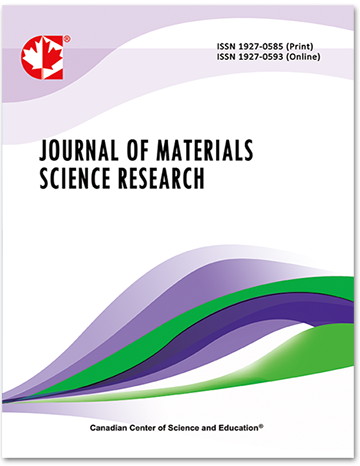Two-Stage Approach for Improving the Thickness Distribution in Superplastic Forming
- Reem Jafar
- Firas Jarrar
- Naser Al-Huniti
Abstract
Superplastic Forming (SPF) process has many unique advantages over conventional forming operations including ability to produce complex thin shapes and significant cost and weight savings potentials. However, the SPF may result in excessive thinning at certain locations and a non-uniform thickness profile. To address these issues, the two-stage SPF process was developed to improve the uniformity of thickness distribution. In this work, two techniques were considered to improve the final thickness distribution of a complex shape, namely, the license plate pocket potion of an automobile decklid outer panel. These two techniques are the reverse free bulging and sheet preforming. The commercial finite element code, ABAQUSTM, was used to model the two-stage SPF process of an aluminum alloy AA5083 sheet at 450 °C. The study concluded that reverse free bulging did not result in improvements in the thickness profile compared with that obtained from the single-stage SPF. However, the sheet preforming technique, with an engineered preform cavity, resulted in an almost uniform thickness distribution for the superplastically formed part.
- Full Text:
 PDF
PDF
- DOI:10.5539/jmsr.v4n1p12
Journal Metrics
Impact Factor 2022 (by WJCI): 0.583
Google-based Impact Factor (2021): 0.52
h-index (December 2021): 22
i10-index (December 2021): 74
h5-index (December 2021): N/A
h5-median (December 2021): N/A
Index
- CAS (American Chemical Society)
- CNKI Scholar
- Elektronische Zeitschriftenbibliothek (EZB)
- EuroPub Database
- Excellence in Research for Australia (ERA)
- Google Scholar
- Infotrieve
- JournalTOCs
- LOCKSS
- NewJour
- PKP Open Archives Harvester
- Qualis/CAPES
- SHERPA/RoMEO
- Standard Periodical Directory
- Universe Digital Library
- WJCI Report
- WorldCat
Contact
- John MartinEditorial Assistant
- jmsr@ccsenet.org
